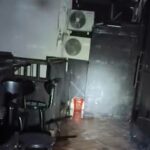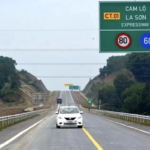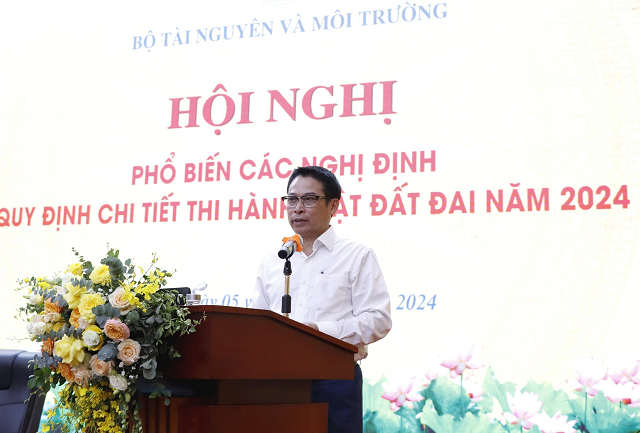
Vietnam’s real estate market, particularly in the commercial services segment in major cities like Hanoi and Ho Chi Minh City, has been breaking records in recent years.
Recently, the figure of “1 billion VND per square meter” for a project in Hanoi has sparked discussions, not only awe-inspiring investors but also raising questions about its profitability and sustainability.
In the “Following the Money Flow” program, Mr. To Anh Hung, Director of A-City and a member of the Vietnam Financial Advisors Community (VWA), shared his insights: “The price of 1 billion VND per square meter is not a symbolic value but a real figure observed in the most expensive commercial and service land plots in Vietnam today. This is an inevitable consequence of the scarcity of central land plots while the demand for luxury business spaces continues to surge.”
According to Mr. Hung, these land plots are mostly located in prime locations, the administrative, commercial, and tourist centers of the city, such as District 1 and District 3 in Ho Chi Minh City or Ho Guom, Trang Tien, and Ly Thuong Kiet in Hanoi.
These plots offer significant advantages in terms of branding and views, as well as generating rental income and expanding commercial, restaurant, and luxury service operations…
However, the expert also offered a word of caution: “Not all investments in high-priced land will yield positive results. To reach the threshold of 1 billion VND per square meter, a real estate product must possess several critical factors: transparent legal framework, strategic location, sustainable cash flow potential, and alignment with urban development trends in the next 5 to 10 years.”
It’s worth noting that commercial and service real estate is inherently different from other forms, such as land plots or apartments. Its nature lies not in buying and selling but in long-term investment to harness its commercial value.
“A commercial property only makes sense if it can generate consistent cash flow. Investing based solely on trends and hoping for quick profits can be risky, especially given the rising capital costs and the market’s strong growth cycle”, analyzed Mr. Hung.
From a planning perspective, the transformation of prime land plots into commercial and service areas instead of residential or public spaces is a noticeable trend in many localities. This reflects the urban economic development strategy, where commercial infrastructure plays a central role in fostering a modern and civilized urban environment.
However, Mr. Hung believes that this strategy should also consider long-term balanced development to ensure that central areas remain accessible to the community and not exclusively reserved for the wealthy.
When asked about individual investors’ approach to this type of real estate, Mr. Hung advised: “First and foremost, one must possess financial knowledge. Commercial real estate is not just about the land; it’s about cash flow. If you don’t know how to operate, understand cost structures, taxes, business licenses, and so on, you may find yourself in a challenging position.”
A New Urban Area: Binh Quoi-Thanh Da Revitalized
The Ho Chi Minh City People’s Committee has requested that the time frame for preparing the task of adjusting the 1/2000 subdivision planning must not exceed one month. Additionally, the time frame for preparing the proposal for adjusting the 1/2000 subdivision planning should not exceed nine months.
No Ban on Pre-2017 Vehicles in Hanoi and Ho Chi Minh City
“Tightening emission standards for vehicles in Hanoi and Ho Chi Minh City have many car owners worried.”














































